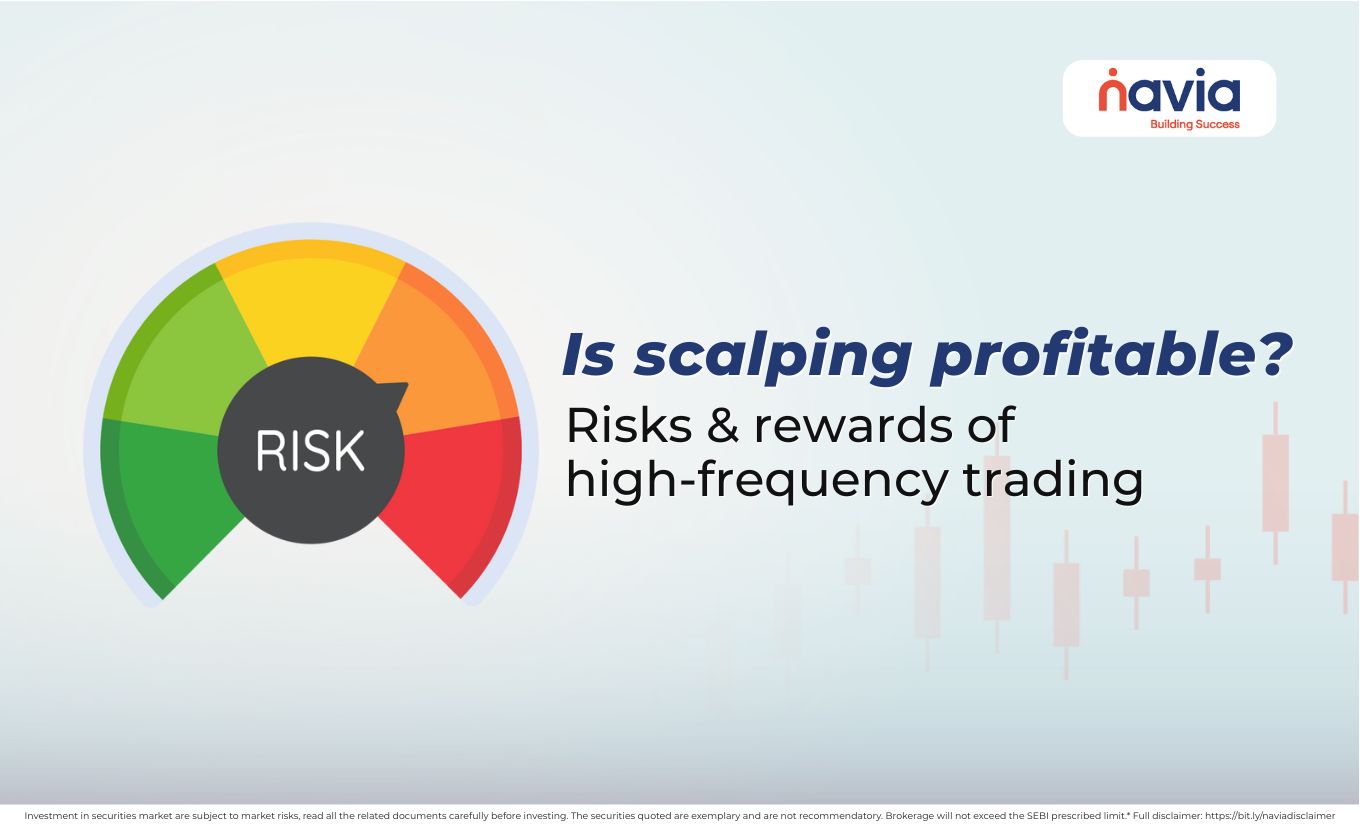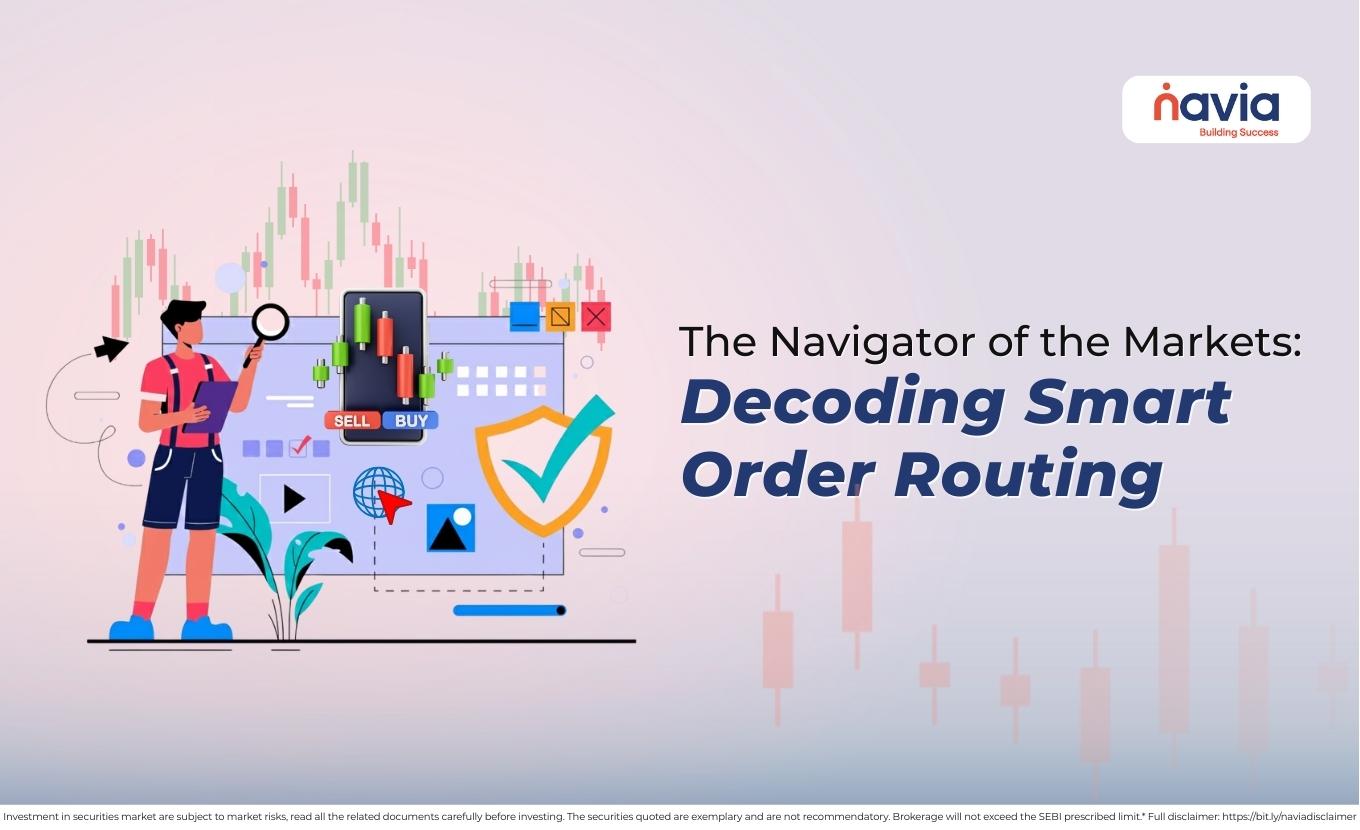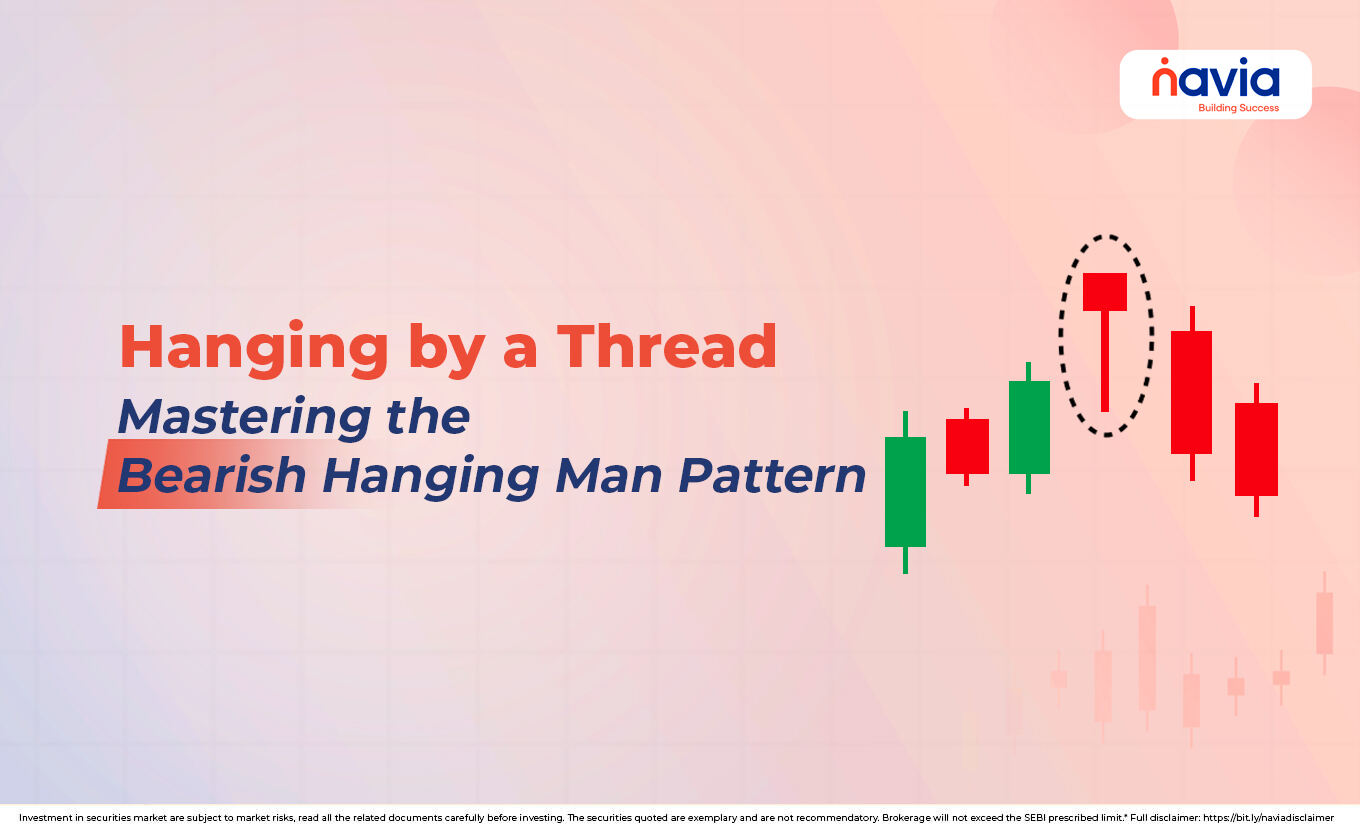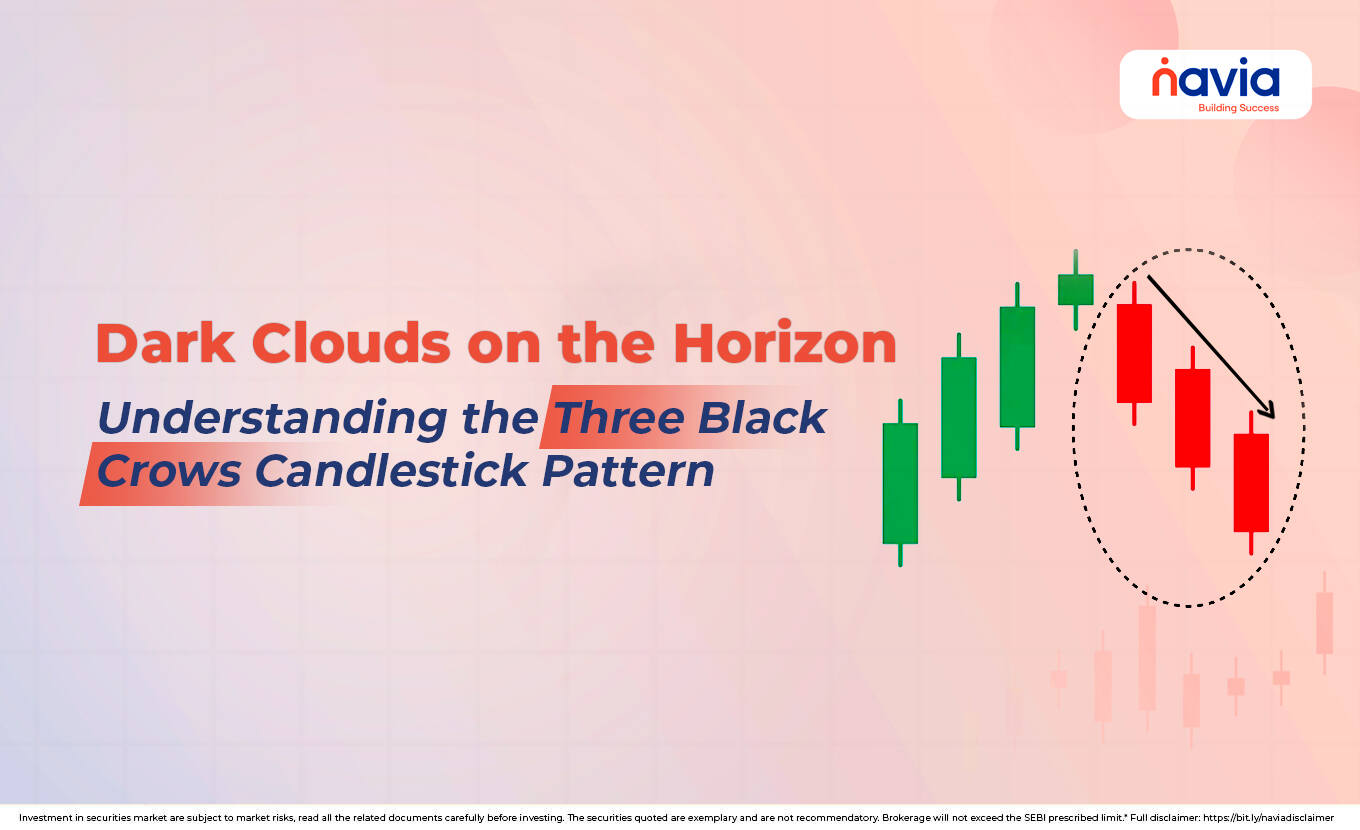Is Scalping Profitable? Risks & Rewards of High-Frequency Trading

The fast-paced world of stock market, traders and investors are conjuring images of rapid-fire decisions, blinking screens and instant profits. There are several strategies they used; one of the most aggressive and demanding strategies is scalping. It’s a high-frequency trading method that fascinates many but is successfully mastered by few. For traders who are focusing on the dynamic Indian stock market, understanding what is scalping, can be truly profitable.
This comprehensive guide will explain what is scalping in trading, risk and rewards of scalping trading and characteristics for an effective scalping trading strategy in detail.
What is Scalping?
Actually, what is scalping? It’s a trading strategy that focuses on making numerous small profits from tiny price changes throughout the day. Instead of holding positions for hours or days, by using this method a scalper can enter and exit trades within seconds.
The exact meaning of scalping is derived from “scalping off” tiny amounts from each price movement. A scalper or an investor doesn’t have an interest in long-term trends or fundamental value. They focus on immediate and short-term fluctuations in price and volume.
What are the Components of Scalping Strategy?
A successful scalping strategy isn’t guesswork; it’s a disciplined and rules-based approach. If you are searching for the best scalping trading strategy that integrates technical indicators, strengthen your risk management, and price action.
Let’s see some of the key components of it;
| Components | Definition |
|---|---|
| High Liquidity Assets | The scalping method always trades in highly liquid stocks and ensures you can enter and exit large positions without causing significant price impacts. |
| Faster Timeframes | Scalpers use 1-minute or 5-minute candlestick charts; these tiny timeframes reveal the immediate price action and are necessary for rapid entries and exits. |
| Price Action and Order Flow | Observing real-time bid-ask spread and order book to gauge immediate buying/selling pressure, and these can signal quick reversals or continuation. |
| Key Indicators for Scalping | ➣ Moving Averages: Crossovers on short-period MAs can signal entry/exit points for tiny trend shifts. ➣ Volume: Crucial for confirming price movements. ➣ Support & Resistance Levels: Identify immediate intraday S/R levels based on previous highs/lows. ➣ VWAP (Volume Weighted Average Price): Many institutional traders use VWAP. Scalpers often look for price interactions (bounces or breaks) around VWAP. ➣ RSI (Relative Strength Index): Used on short timeframes to spot overbought/oversold conditions for potential quick reversals. |
Is Scalping Profitable?
The promise of quick and consistent profits makes scalping trading a highly appealing method for traders. Because just imagine making ₹500 on 20 trades a day – that’s ₹10,000 daily! Interesting, right?
But it offers many rewards and risks too, let’s see some of them;
Potential Rewards;
| Rewards | Definition |
|---|---|
| High Volume | If executed perfectly, the cumulative effect of many small wins can indeed lead to significant daily profits. |
| Reduction of Overnight Risk | Since positions are closed by the end of the day, scalpers avoid overnight market risks. |
| Capital Efficiency | Can leverage small capital efficiently by making many rapid trades. |
| Market Activity | Scalpers thrive on volatility and high volume, which are often present in the Indian market. |

Significant Risks;
| Risks | Definition |
|---|---|
| High Transaction Costs | This is the biggest killer. Frequent trades lead to high brokerage, STT (Securities Transaction Tax), stamp duty, and other charges. |
| Slippage | If you get a slightly different (and usually worse) price than you expected when placing a trade. These small differences, even just a few paise, can add up over many quick trades and erase your profits. |
| Intense Mental Pressure | The strategy demands extreme focus, rapid decision-making, and emotional control. One wrong move can wipe out the profits. |
| Technical Requirements | Requires a lightning-fast internet connection, a powerful computer, multiple monitors, and a reliable trading platform. |
In India, brokerages have become highly competitive, with many offerings fixed-rate plans or even zero brokerage for equity delivery. So, a deep understanding of your broker’s fee structure is crucial for any scalping trading strategy.
Tips You Must Consider Before Start Scalping
🔸 Scalping involves high-risk because of its high leverage and speed, so define your maximum loss per trade in advance.
🔸 The method involves hundreds of transactions and that can quickly consume your profits, so manage it properly.
🔸 Secure the best technology & connectivity like faster internet, reliable platforms, etc.
🔸 Selection of the right indicators and timeframes, typically 1-minute or 5-minute charts, and use indicators like short-period Moving Averages and Volume.
🔸 Ensure mental and emotional balance, which means zero emotional attachment to any trade.
Conclusion
Is scalping profitable? Yes, it can be, but only for a small percentage of highly disciplined, well-capitalized, and experienced traders who have developed a robust scalping strategy. It needs an intense level of focus, emotional resilience, and technical proficiency to overcome the difficulties of it.
In India, new traders are scalping like attempting to run a marathon without training. So, you should master longer-term intraday strategies before considering the hyper-aggressive world of micro-profit trading. After understanding the method, you can explore the approach with full confidence.
Do You Find This Interesting?
Frequently Asked Questions
Do scalpers make a lot of money?
Scalpers can make a lot of money, but only a very small percentage of traders achieve high profitability. Scalpers aim for cumulative gains from dozens or hundreds of tiny wins throughout the day. Their profitability hinges entirely on discipline, low transaction costs, and avoiding slippage.
Is 1 minute scalping profitable?
Yes, 1-minute scalping is considered the standard and most common approach in high-frequency trading. It is profitable if the trader has a highly accurate strategy, uses fast execution technology, and maintains strict risk control.
Is scalping better than day trading?
Neither is inherently “better”; they suit different temperaments and risk profiles.
Scalping: Focuses on micro-profits and high volumes. It is more stressful and more vulnerable to transaction costs.
Day Trading: Focuses on larger price moves and fewer trades. It is less stressful and allows more time for analysis.
Scalping is only “better” if you possess the discipline and technical setup to execute hundreds of trades flawlessly.
Who earns more, Scalper or Swing Trader?
There is no definitive answer, as profitability depends entirely on the individual’s skill. Scalpers can earn more daily due to high volume, but they face higher trading costs and greater risk of burnout.
Swing Traders earn profits over days or weeks by riding larger trends. While they have lower trading frequency and lower stress, they expose capital to overnight market risk.
How many trades does a scalper make a day?
A dedicated scalper typically makes anywhere from 20 trades to over 100 trades a day, sometimes even more.
What is the best timeframe for scalping?
The 1-minute chart is widely considered the best and most standard timeframe for active scalping. Some traders also use the 5-minute chart to identify the short-term trend direction and then drop down to the 1-minute chart for precise entries and exits.
DISCLAIMER: Investment in securities market are subject to market risks, read all the related documents carefully before investing. The securities quoted are exemplary and are not recommendatory. Full disclaimer: https://bit.ly/naviadisclaimer.






